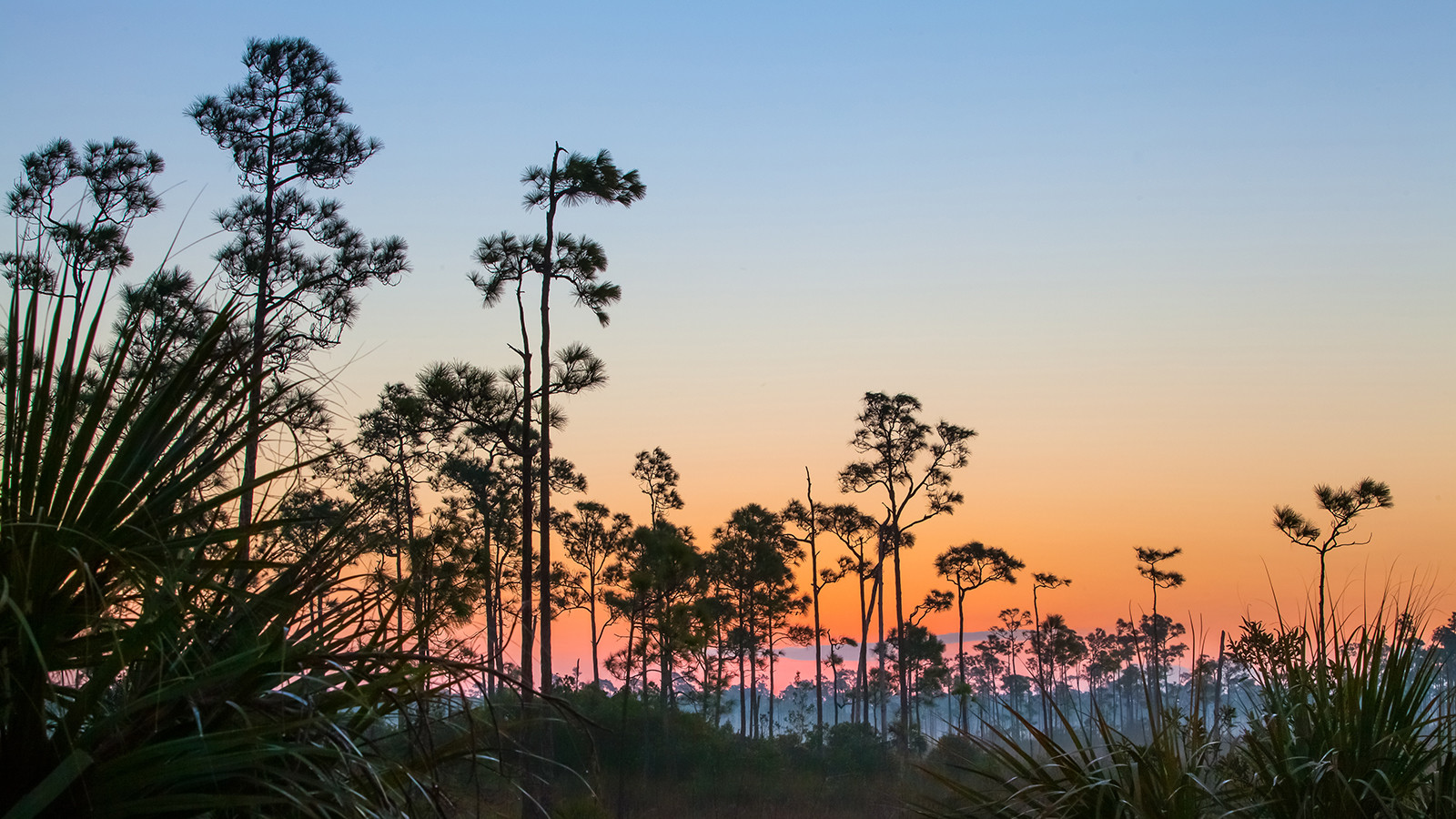
Donate Today
Those working at the Florida Keys National Marine Sanctuary have done well to protect this small ecosystem. Let's replicate it elsewhere.
Donate
An unassuming visitor driving along U.S. Route 1, through Key Largo on their way to the beach, may not notice as they pass over Lake Surprise. The lake, aptly named, is home to one of Florida’s most beloved creatures – the manatee.
If we’re to succeed at saving the manatee, we need to look at what’s gone well at this lake and replicate it.
Lake Surprise is a small body of water centrally located on the Atlantic coast of Florida and is virtually cut in half by a roadway bridge. The top northeastern portion has been designated as Eastern Lake Surprise Wildlife Management Area within the Florida Keys National Marine Sanctuary and is managed by the National Oceanic and Atmospheric Administration (NOAA). The area is about half a square mile and shallow – the depth varies between three to six feet throughout. In those depths you will find dense meadows of seagrass – a favorite snack for manatees.
Manatees are truly amazing creatures. Colloquially called “sea cows,” they were likely confused for mermaids by the New World’s first explorers. They muddle along the southeastern coast of the United States and the Caribbean at around five miles an hour, munching on about one-hundred pounds of underwater plants such as seagrass. They move so slowly it is common for older ones to develop algal or barnacle growths on their backs.
Because of their diets and proximity to shore, manatees are an indicator species for environmental health. When things are going well, manatees thrive, but sadly in Florida, this is not the case.
Water pollution, habitat loss, boat strikes and a loss of food put this threatened species at risk.
Without seagrass, manatees starve. Wildlife biologists attempt to feed them thousands of pounds of lettuce to simply keep them alive. The silver lining is that people all across Florida and within the Sanctuary have taken notice and are working to protect this gentle giant.
Under NOAA’s current and proposed policies outlined in its Restoration Blueprint, Eastern Lake Surprise requires boats to travel at idle speeds, which limits prop-scarring of seagrasses, as well as deadly boat strikes. The northwest shoreline of this wildlife management area has also been designated a “no access” zone (meaning travel of any kind here is prohibited). Manatees in Lake Surprise can rely on this place as a source of refuge, which can’t be said for other parts of Florida.
These measures are working to protect and limit dangerous interactions with manatees at the Eastern Lake Surprise Wildlife Management Area, as well as with American Crocodiles, wading birds and more.
NOAA and those working at the Florida Keys National Marine Sanctuary have done well to ensure that this little ecosystem remains intact, and we should be thankful for their efforts. Now, let’s adopt a similar strategy somewhere else.
Ian works to protect our oceans and marine ecosystems. Ian lives in Portland, Oregon, where he enjoys triathlons, hiking, and local breweries in his free time.
